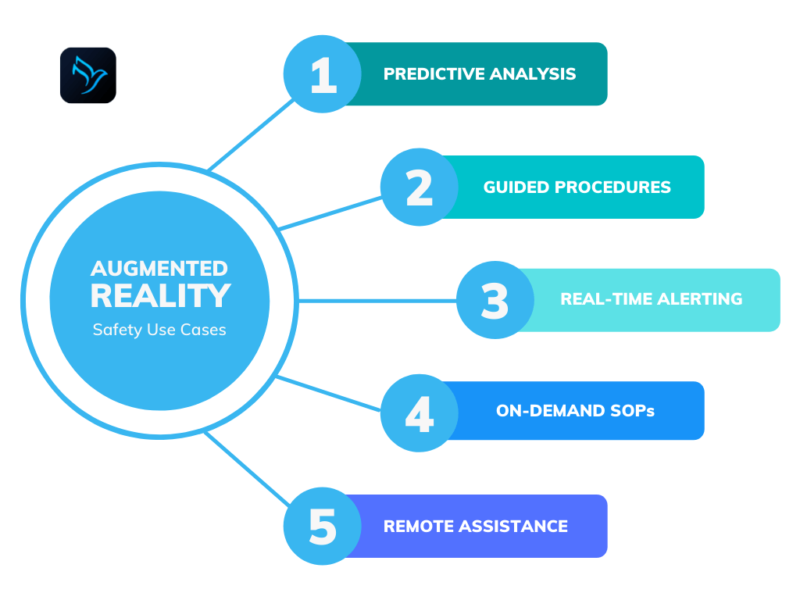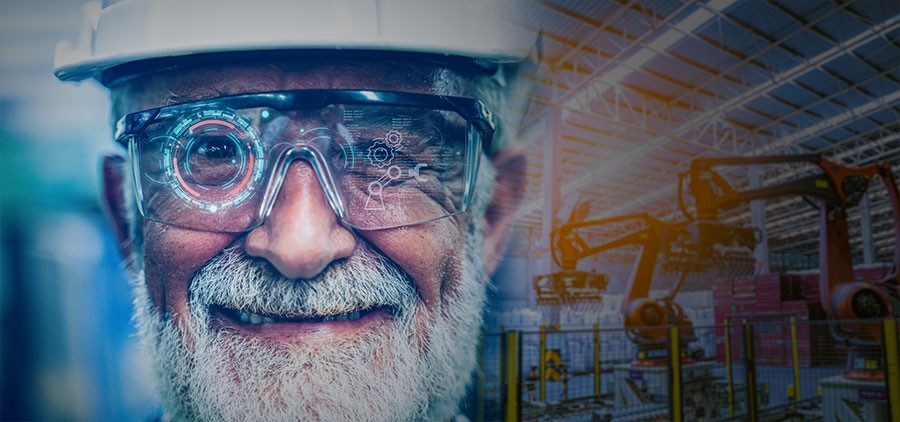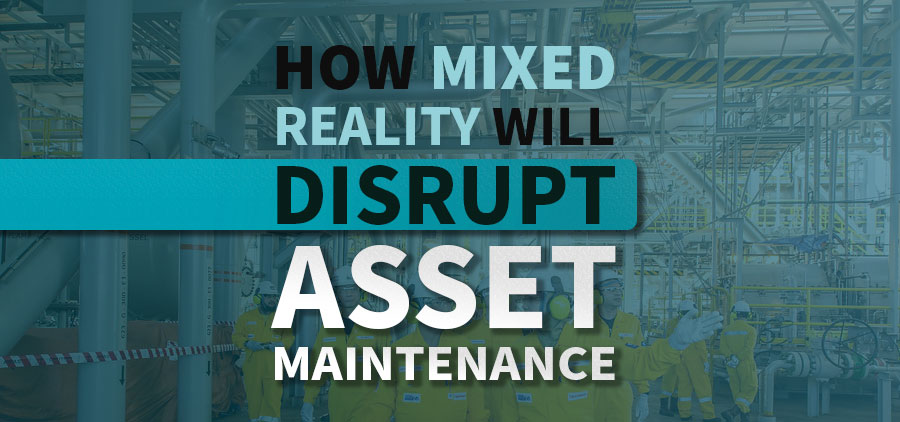I recall the first time I ever went into a refinery.
When reviewing the safety briefing, we were told to “check the indicator flags for prevailing winds”.
Why?
“Well, in the event of an explosion or chemical release, you want to stay upwind of the smoke. You also need to get to the correct muster point based on your current location.”
“Awesome”
So in the midst of an explosion or chemical leak, I need to get my respirator on and navigate an unfamiliar area to avoid getting a lethal exposure to hazardous materials. Oh, and don’t forget the wind.
Sounds simple enough, right?
The slim but real chance of an emergency
After all, what are the odds of an explosion happening at a refinery these days?
The now defunct Philadelphia Energy Solutions Refinery shows that they happen often enough. The linked article discusses Hydrogen Flouride gas (HF), one of the key hazards of refinery incidents, and its potential health and safety impact on populations.
While there were luckily no casualties, this hits close to home for me as I have spent numerous hours at what was once the largest refinery on the east coast. The place was a labyrinth, and everything was aging and crumbling.
Digital transformation as a preventative measure
The increases in pervasive sensing, IIoT and digital transformation efforts will work to make incidents like this a thing of the past, but organizations must always be prepared for these events, as their top priority needs to be personnel safety.
How is emergency response handled now?
As we alluded to in the beginning, locations of muster points are based on the present location of any given person in an industrial environment. However, the maps are paper-based, and guidance for finding the correct muster point are reliant on following more experienced personnel.
I would say that they are most like the maps on the back of your hotel door showing the nearest exit in the event of a fire. This varies based on the organization, and there are lights, sirens and speakers that relay information across the plant.
In the event of an incident, there is also no way outside of radio communication or a roll-call to determine if there have been casualties that require emergency response.
When it comes to injury and hazardous material exposure, the difference between living and dying is often the response time.
How Augmented Reality can change emergency response
It begins with the same infrastructure efforts that would be implemented as a part of cataloging the various process units into the digital framework. Wireless access points provide the location of augmented reality headsets, giving a real-time view of every single person and their location in the refinery.
Warnings of an impending incident would not be limited to the control room and PA blasts, but would be sent down to each and every single wearer of the glasses.
Instead of transmitting work orders and directional guidance to the next work area, weather information indicating the direction of any expected release would be presented on the lenses of every person in the field.
Emergency services both on the facility and in the surrounding areas would automatically be mobilized, and could monitor the movement of personnel, and coordinate a speedy evacuation where practical.
Automated Guidance
Guidance to the optimal mustering location, based on each person’s location, would ensure that the user would not put themselves in a more dangerous situation as they attempt to evacuate. Every effort made in digitally transforming the way the plant is being operated can now be leveraged in emergency response.
What if someone is unable to evacuate themselves
This is one of the worst-case scenarios in any industrial environment, where people find themselves trapped, injured or a combination of the two. If a person is unconscious it becomes even worse, as they are unable to coordinate with emergency services themselves.
With a set of augmented reality glasses, the individual’s last known location would be accessible to anyone utilizing the system, and they would be capable of guiding emergency response vehicles and personnel to anyone still in the field.
No more waiting for roll call at the muster points or for scanned badges at a gate to determine accountability.
Rapid responses are what make the difference
Augmented reality platforms are already proving their effectiveness in enhancing the capabilities of the first responders involved, by training them to quickly identify visual cues for various health conditions, and then grading them on the speed and effectiveness of those responses.
In an ideal world, the same tools that would allow medical personnel to locate an unconscious engineer, are the same digital tools that prevent adverse conditions from ever getting out of hand in the first place.
After all, when we see the changes in asset management that stem from augmented reality, we can see a shift on the horizon in the failures that catch us off guard. The integration of people and technology will increase the odds of catching a problem before it ever becomes one. As the industry progresses, the odds of these catastrophic events ever occurring gets smaller every year.
But the odds are never dropping to zero
With guided emergency procedures, predictive analysis, and real-time alerting, augmented reality as a key aspect of your disaster response strategy will keep you better prepared when lives hang in the balance.








